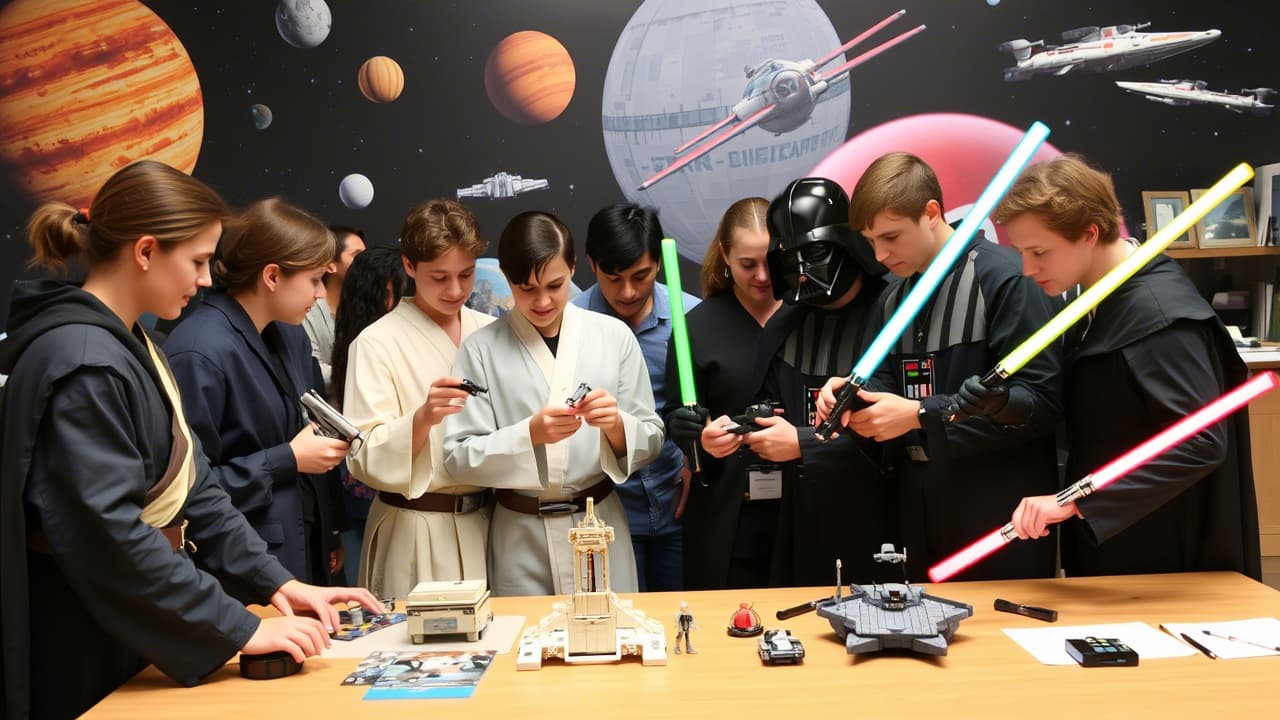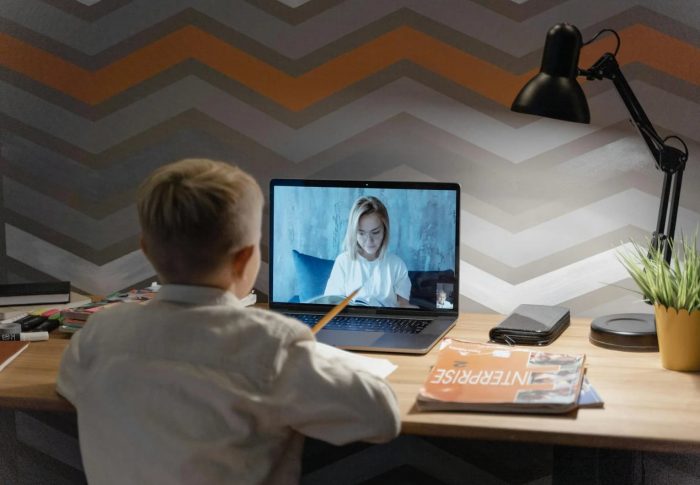
Learning Through the Lens of Play – What Star Wars Teaches Us About Engagement
We explore how learning can be empowering, engaging, and deeply enjoyable — especially when it emerges from unexpected and unconventional sources. While traditional education often emphasizes structure, rules, and standardized assessments, the learning that stays with us often begins when we’re at ease, inquisitive, and immersed in something we love.
One unexpectedly rich source of this kind of dynamic learning? Star Wars — a cultural phenomenon that has inspired curiosity, creativity, and critical thinking across generations.
The Star Wars universe is more than a cinematic epic — it’s a cultural ecosystem filled with mythology, emotion, and design. But beyond the movies, it’s also a world where people learn through immersion, play, and community. From fan theories to Lego sets, and from cosplay to trivia games, this galaxy far, far away reveals how interactive, informal experiences drive learning that lasts.
The Role of Play in Lifelong Learning
Play isn’t just for children. It’s a fundamental part of how we all make sense of the world. When we engage in games, stories, or themed events, we activate emotional, social, and cognitive pathways that support deeper understanding. That’s why so many educators are embracing game-based learning, scenario-building, and story-driven education models.
Star Wars offers a perfect playground for this. Fans learn galactic history, character arcs, and complex political structures without realizing they’re studying. Through fan-driven projects and themed experiences, they develop skills in design, writing, collaboration, and even critical analysis.
What’s more, this type of informal learning builds confidence. In a world where people often fear making mistakes or appearing uninformed, play lowers the stakes. It invites experimentation and improvisation. You can dress as a Jedi without knowing every line of canon dialogue, and still feel included. That emotional safety net is exactly what many learners need to thrive.
When Learning and Fun Collide – And the Drinks Help, Too
A great example of this playful learning? Star Wars-themed events that mix education with entertainment — including themed parties and social games that spark dialogue and curiosity. One standout we love is Star Wars drinking games.
Sure, it’s lighthearted. But look deeper and you’ll see the elements of effective learning: structure (game rules), emotional connection (shared fandom), context (themed scenarios), and storytelling (creative naming and backstories). These are the same pillars that underpin great instructional design.
Even in casual moments, we’re learning how to collaborate, respond to cues, and engage others. We’re telling stories — and we’re building memories that matter.
And yes, a few clever drink names can even introduce literary puns, science references, or visual design jokes that spark genuine curiosity. From a learning perspective, it’s a perfect mix of narrative reinforcement and emotional association — both of which are core to memory.

Consider how a themed cocktail called “The Binary Sunset” can spark a conversation about visual composition or symbolism, or how a trivia round based on planetary systems introduces elements of astronomy and speculative science. These playful touches not only keep people entertained, but also tap into multiple intelligences — linguistic, spatial, interpersonal — in ways that are rarely accessed in formal classrooms.
It’s in these layered experiences that the deepest learning often occurs. We’re not just remembering facts; we’re associating them with laughter, friendship, and imaginative immersion. And that kind of learning, grounded in story and shared moments, tends to stay with us far longer than anything we might memorize for a test.
Designing Learning that Feels Like the Force
At lucianaberger.com, we often talk about microlearning, the Rule of Five Hours, and self-guided education. But sometimes, what keeps us motivated isn’t just the format — it’s the feeling. When learning feels like flying a speeder bike or planning a heist on the Death Star, we’re more invested. We remember more. We come back for more.
Want to foster better participation in online learning? Take cues from sci-fi fandoms. Introduce narrative arcs. Build in surprises. Allow for flexible interaction. When students or teams feel like characters in a bigger story, engagement skyrockets.
The same is true for personal learning. When you build a learning plan that reflects your interests — whether it’s inspired by Jedi philosophy or Rebel strategy — you build intrinsic motivation. You’re no longer learning because you have to. You’re learning because you want to.
So whether you’re building e-learning modules or planning your next team-building workshop, don’t underestimate the power of play and pop culture. Look to the galaxy for inspiration — and you might just make learning feel like a celebration.
Because the truth is, learning doesn’t have to be boring. Sometimes, it starts with a lightsaber toast and ends with a lesson that sticks.





